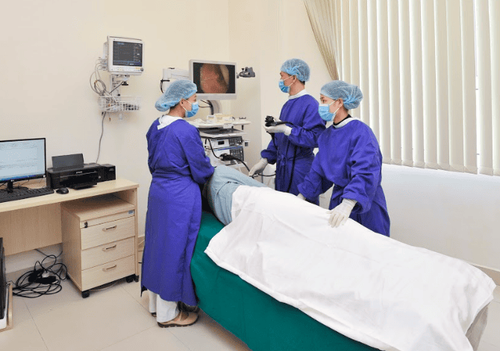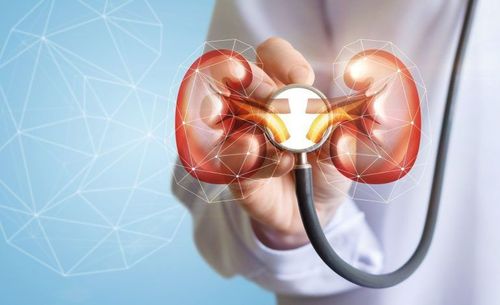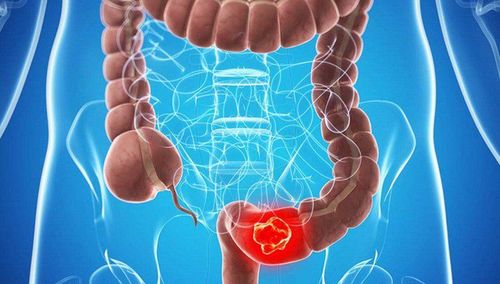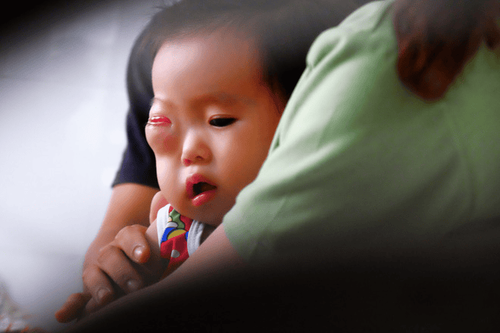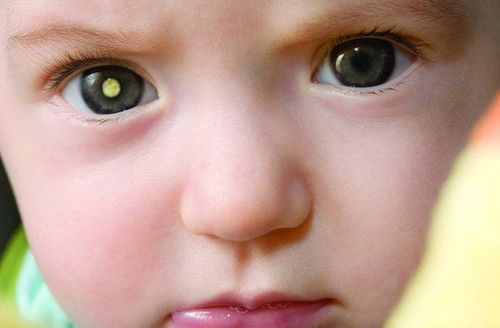This is an automatically translated article.
Article written by Doctor Nguyen Thuy Dung - Pediatric Oncologist - Pediatric Center - Vinmec Times City International Hospital
Childhood cancer is a rarer malignancy than adults, more often in the group < 5 years old. Some childhood cancers are hereditary and involve genetic mutations. However, most of these diseases have no obvious cause. The cure rate in children is generally in the 70-80% range. So, what types of cancer are common in children and what are the symptoms? How is the diagnosis and treatment?
1. Common types of cancer in children
Brain Tumor: The most common type of cancer in children. Tumors that develop in the soft tissue of the brain or germ cell tumors in the brain. Normally, germ cell tumors usually arise from the testicles or ovaries. However, there are still cases of germ cell tumors of the central nervous system. Acute Leukemia: A malignant blood disease that begins in the hematopoietic cells of the bone marrow, including: acute lymphoblastic leukemia and acute myeloid leukemia. Lymphoma: A tumor that begins in the lymphatic system, including Hodgkin's lymphoma and non-Hodgkin's lymphoma. Neuroblastoma: A cancer of the sympathetic nervous system, the tumor location can be in the adrenal gland, neck, mediastinum, and pelvis. Sarcoma: A tumor that forms in the bones and soft tissues. Renal tumor: common nephroblastoma. Retinoblastoma: can appear in one or both eyes.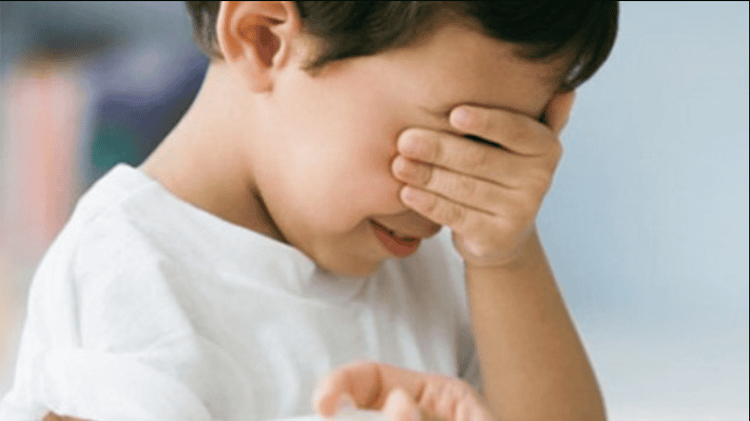
U não là bệnh ung thư phổ biến ở trẻ em
2. Symptoms of the disease
Systemic symptoms: pallor, fatigue, thinness, weight loss, unexplained fever, persistent pain.
Other symptoms, depending on the location of the primary tumor, may be:
Prolonged headache, vomiting, loss of balance, changes in behavior Bruising under the skin. Enlarged liver, spleen, lymph nodes Abnormal mass in the abdomen or other parts of the body White pupil sign
3. Diagnosis and treatment process
Cancer in general and childhood cancer in particular is a group of diseases that need a multi-specialty combination in diagnosis and treatment.
3.1 After clinical examination
After the clinical examination, the doctor will:
Orientate the diagnosis Indicate the paraclinical tests:
Blood tests such as: Total analysis of peripheral blood cells, blood biochemistry, markers for each cancer. Diagnostic imaging: Ultrasound, CT - Scanner, MRI, SPECT, PET- CT Interventional tests such as taking cerebrospinal fluid and bone marrow. Biopsy of tumor specimens for diagnosis on pathology, is the gold standard in diagnosis. Synthesize the results of clinical and paraclinical examination to make a definitive diagnosis of cancer type, stage, complications, metastasis or not. On that basis, the patient will be selected a treatment regimen appropriate to the current medical condition. Follow-up after completion of treatment.

Chụp CT giúp chẩn đoán khối u ở trẻ em
>> See also: Childhood cancer: What you need to know - Article written by T.S, B.S Pham Thi Viet Huong - Doctor of Hematology - Oncology - Hematology and Cell Therapy Unit - Medical Center Study of Cell Regeneration and Therapy, Vinmec Times City International General Hospital
3.2 Treatment and possible side effects
Treatment of cancer in children is mostly chemotherapy. Childhood malignancies are often sensitive to chemicals. Chemotherapy is a cytotoxic drug intended to destroy cancer cells. Chemotherapy is given through a vein, or an artery, and the spinal cord. Surgery will be performed as soon as possible in order to completely remove the tumor. It can be done before or after chemotherapy depending on the location, size, level of invasion... Radiation therapy is performed. in some childhood cancers such as brain tumor, soft tissue sarcoma. Combination treatment such as: nutritional support, pain relief, anti-infection... Side effects may be encountered in treatment:
Pain, vomiting, nausea, hair loss Fatigue, mouth ulcers, poor appetite , crying a lot Changes in appearance can make children self-deprecating Changes in behavior Affects reproductive function Occurrence of secondary cancer Childhood cancer with a low incidence, clinical symptoms are sometimes poor, but have a common feature of good response to treatment and high cure rate. The above are basic understandings so that parents can prepare psychologically for themselves as well as for their children before starting the treatment process.
For the treatment of cancer in children to be highly effective, early detection of the disease plays a very important role. Parents should check their children's health regularly and regularly. Vinmec International General Hospital provides a Children's General Health Checkup Package for children under 18 years old, with comprehensive examination services, assessment of basic liver and kidney functions, blood sugar, nutritional status. , hepatitis B virus, eyes, teeth, ears, nose and throat, cardiopulmonary scan, abdominal ultrasound, biochemical tests... to help detect abnormalities in the baby's body early.
Results of the patient's examination will be returned to the home. After receiving the results of the general health examination, if you detect diseases that require intensive examination and treatment, you can use services from other specialties at the Hospital with quality treatment and services. outstanding customer service.
Customers can call hotlines of hospitals or register for online consultation with Vinmec HERE.





